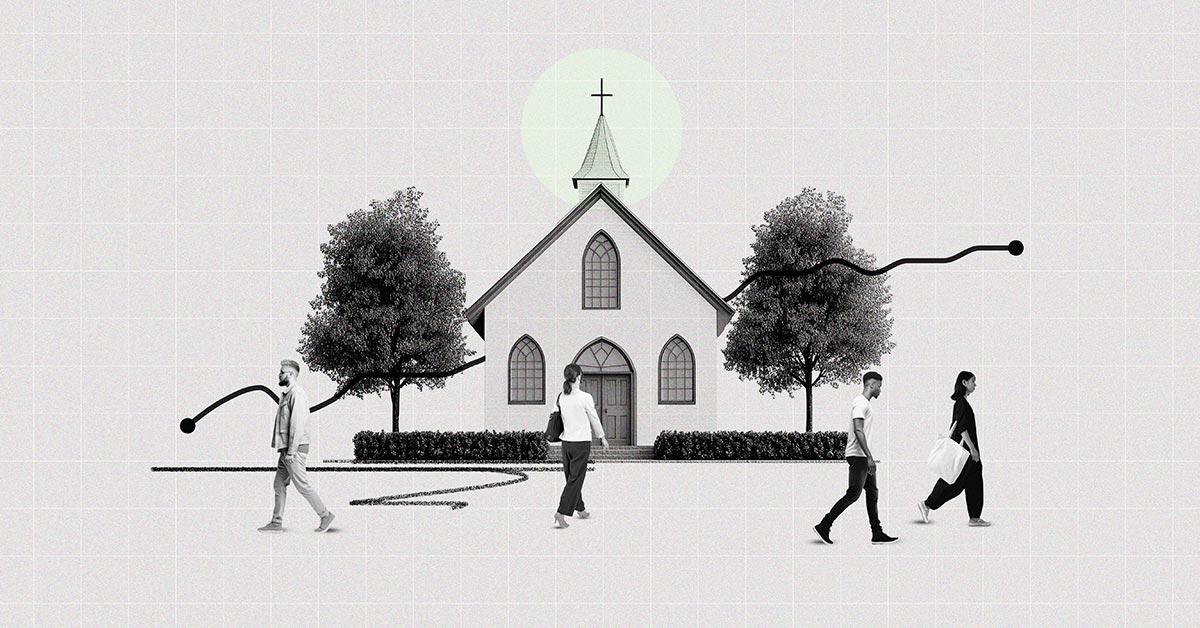Faith in Flux: Americans' Religious Landscape Holds Steady Despite Pandemic Shifts

The religious landscape of the United States is experiencing a notable shift, with a growing number of adults identifying as religiously unaffiliated. Recent data reveals that more than 20% of U.S. adults now claim no specific religious preference, signaling a significant trend in spiritual diversity. Meanwhile, Christianity remains the predominant faith, with approximately 70% of the population identifying with the religion.
Breaking down the Christian demographic, Protestants continue to form the largest group, representing 45% of believers, followed by Catholics at 21%. This composition reflects the complex and evolving religious identity of the American population, highlighting both the enduring influence of traditional Christian denominations and the increasing acceptance of secular perspectives.
